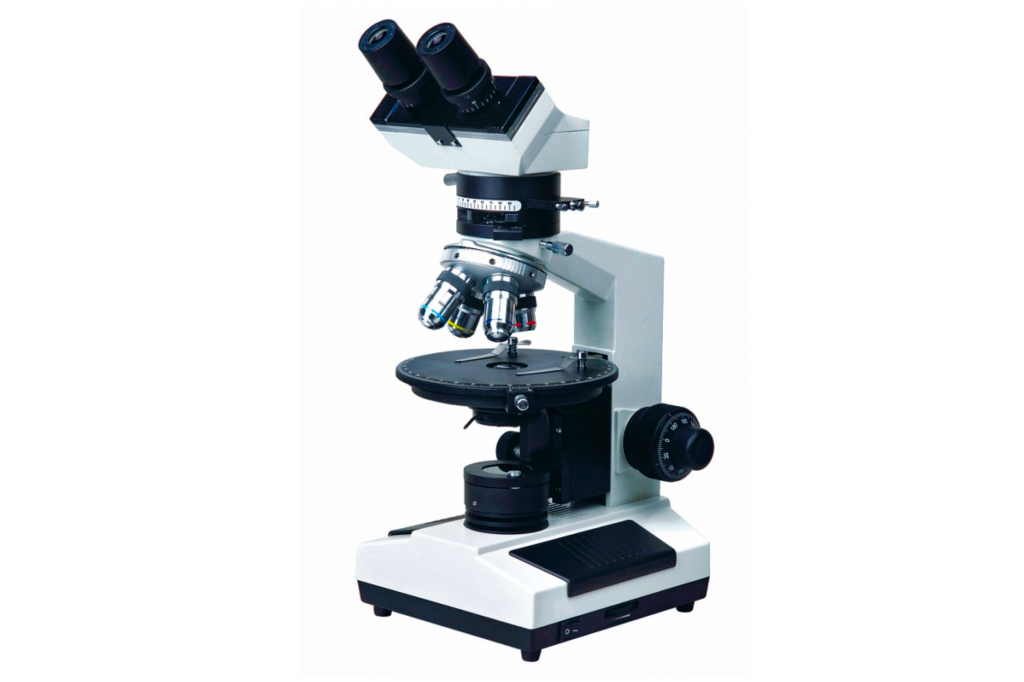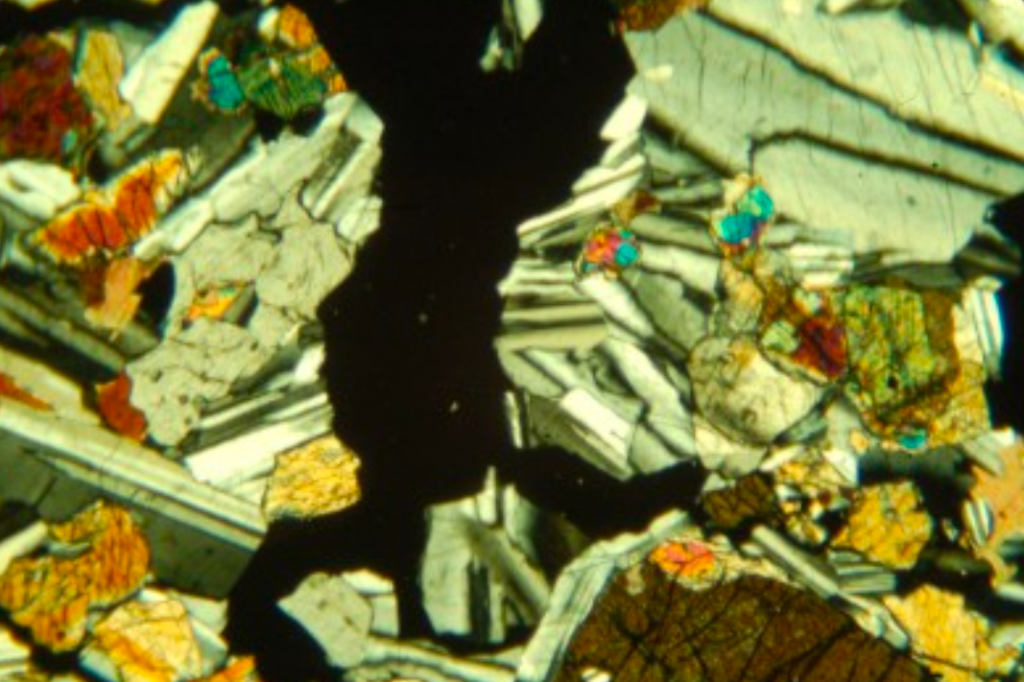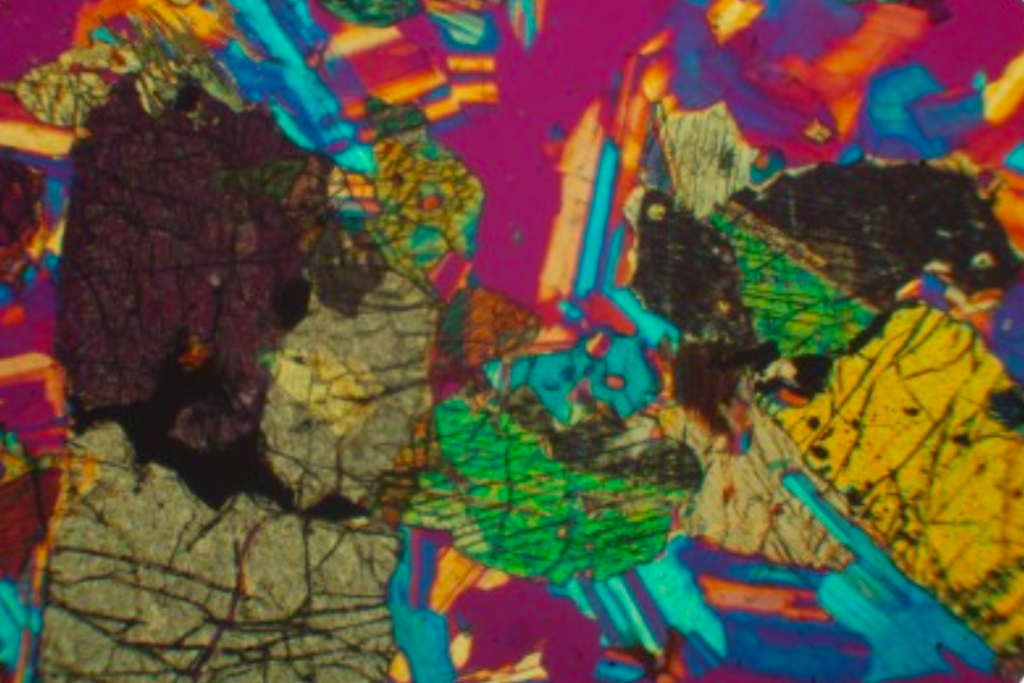In polarizing microscopy, how does the sample affect the polarization state of light? How does this effect explain the structure and properties of the sample through observation?
Ⅰ Extinction property of polarizing microscope
The extinction property of a polarizing microscope refers to the effect of the sample on the polarization state of the light when the light passes through the polarizer, sample, and polarizer. When the structure of the sample does not affect the polarization state of light, the extinction property of the sample is zero; when the structure of the sample affects the polarization state of light, the extinction property of the sample is not zero. Therefore, polarizing microscope extinction is one of the important means to study the structural properties of materials.
In a polarizing microscope, only polarized light in one direction can pass through the sample after light passes through a polarizer. When the sample does not affect the polarization state of the light, the light passing through the sample is still polarized and can pass through the polarizer. When the polarization state of light by the sample changes, the light passing through the sample is no longer polarized, cannot pass through the polarizer, and appears black. This phenomenon is the extinction phenomenon in polarized light microscopy.
Ⅱ Polarization of light and structural properties of materials
The study of extinction properties under polarized light microscopy can help us understand the structural properties of materials. For example, by observing the extinction image of the sample, the crystal structure, crystal orientation, crystal defects, and other information can be determined. In addition, polarizing microscope extinction can also be used in fields such as material quality testing, mineralogy research, and biological research.
In short, polarizing microscope extinction is one of the important means to study the structural properties of materials. It can help us understand the crystal structure, crystal direction, crystal defects, and other material information. At the same time, polarizing microscope extinction can also be used in fields such as material quality testing, mineralogy research, and biological research.
Ⅲ Performance of NPL-107 series polarizing microscope

- Easy to use, complete functions, economical, and practical.
- It is widely used in inspections in geology, petroleum, coal, chemical industry, medical care, pharmaceuticals, and other fields, as well as in teaching and scientific research in related majors in colleges and universities.


Ⅳ Technical specifications of NPL-107 series polarizing microscope
| observation system | Translating binocular tube, 45° tilt, 360° rotation |
| Translation trinocular tube, 45° tilt, 360° rotation | |
| Eyepiece | WF10X/18 with cross reticle |
| WF10X/18 | |
| Objective lens | Stress-free achromatic objectives 4X, 10X, 40X |
| converter | Four-hole converter, center adjustable |
| Analyzer | 0°-90° rotating polarizer |
| Borescope | Bo-type mirror can be moved out of the light path |
| Optical path compensator | λ test plate (first level red) |
| 1/4λ test plate | |
| Quartz wedge test plate | |
| Circular rotating stage | Diameter Φ160mm, scale value 1°, vernier value 6’ |
| condenser | NA1.25 Abbe condenser with variable diaphragm and color filter |
| Focus adjustment | Coaxial coarse and fine focusing mechanism, focusing range 28mm, fine adjustment scale value 0.002mm |
| Deflection device | The light path can be arranged, located on the top of the condenser |
| Lighting system | 6V/20W halogen lamp, adjustable brightness |